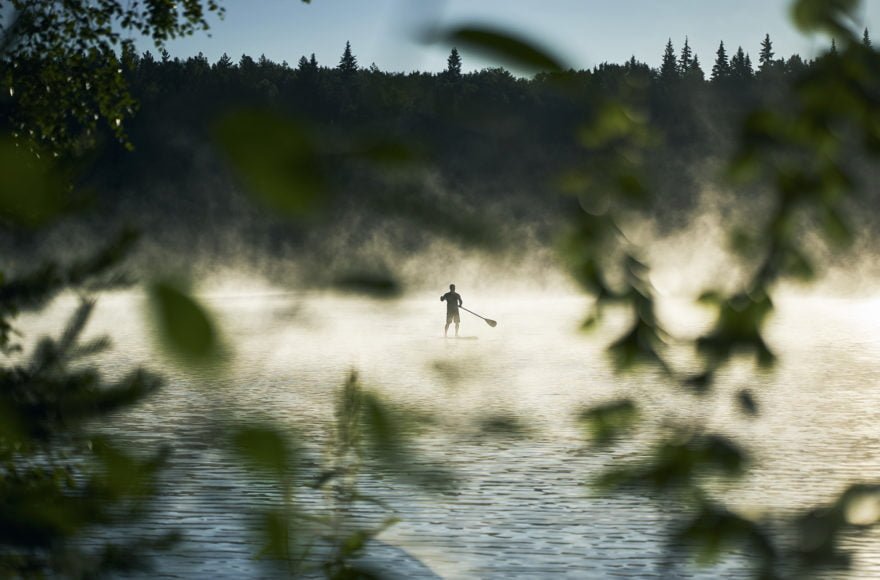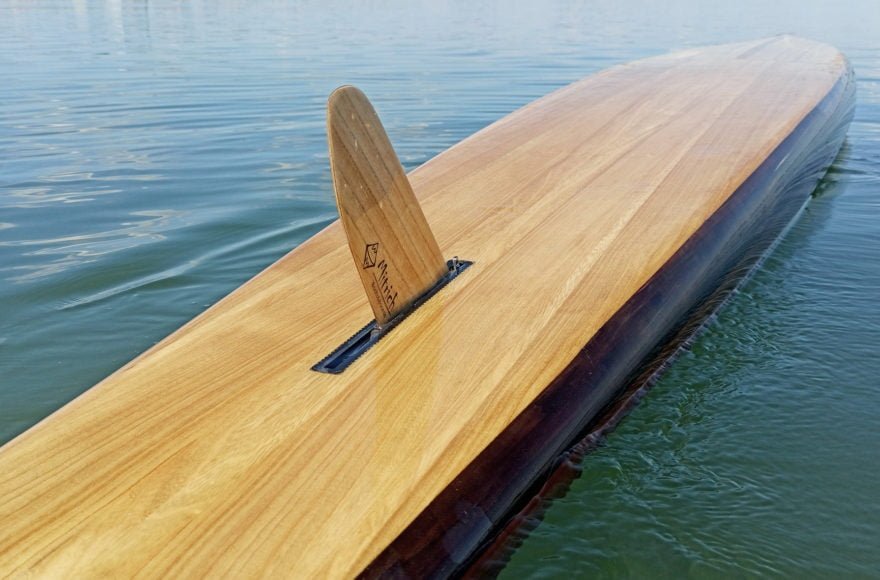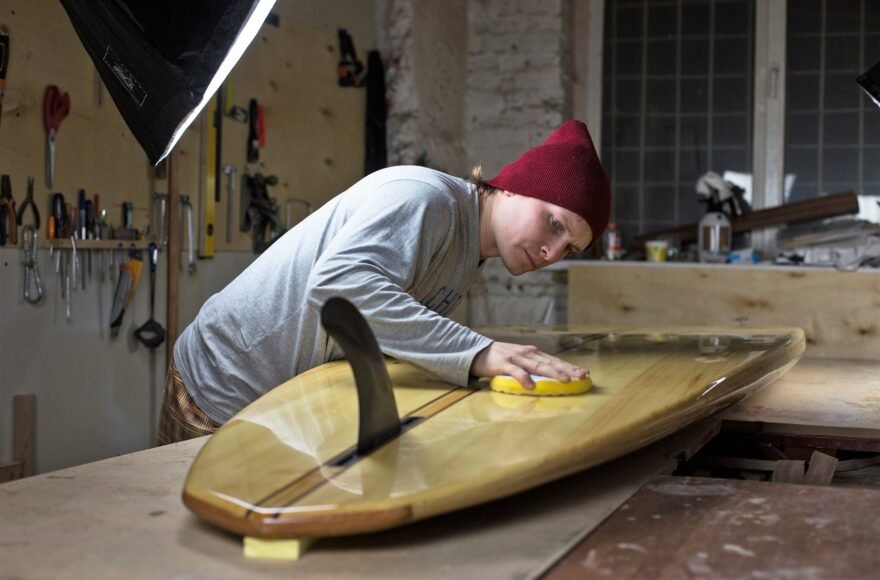The art of paddleboard building

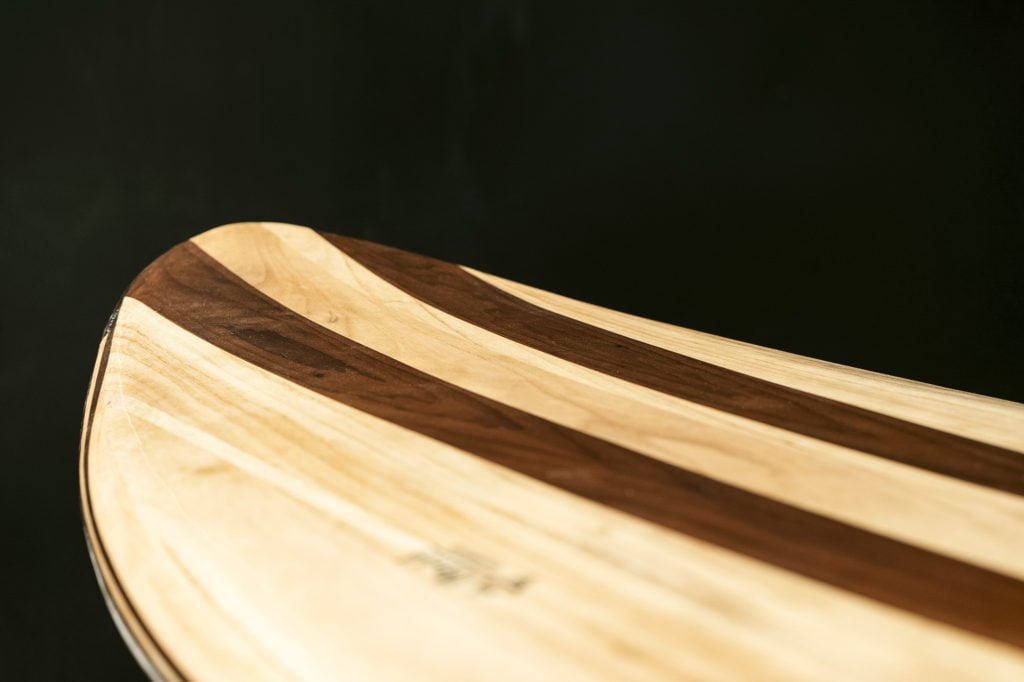
Wooden paddleboard building has a rich history that dates back hundreds, if not thousands, of years. Historically, paddleboards were used by indigenous cultures, such as the Hawaiians, for transportation, fishing, and even warfare. These early paddleboards were made from natural materials, such as wood and animal hide, and were often highly decorated with intricate designs and carvings.
Over time, the process of wood paddle board building has become more refined, with builders experimenting with different types of wood and construction techniques to achieve the perfect balance of strength, weight, speed and maneuverability.
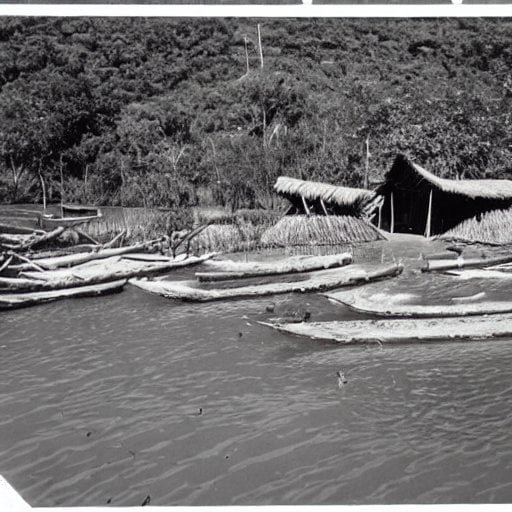
One of the earliest known techniques for wooden paddleboard construction is called “alaia”, which involves shaping a solid piece of wood into a flat board with a curved nose and tail. This ancient technique is still used by some modern-day builders, who appreciate the simplicity and natural feel of the alaia board.
Another popular technique for wooden paddleboard building is strip-building or strip-planking, which is also widely used for kayak and canoe building. This method allows builders to create wooden SUP boards with complex curves and shapes, while still maintaining a lightweight and durable construction. You can find a detailed, step-by-step description of this technique in our Building Process section. In short, it involves installing the fishbone frame, gluing thin strips of wood together, sanding the board down to a smooth finish, and then applying an epoxy resin and varnish to seal and protect the board.
Installing the fishbone frame and gluing thin strips of wood together
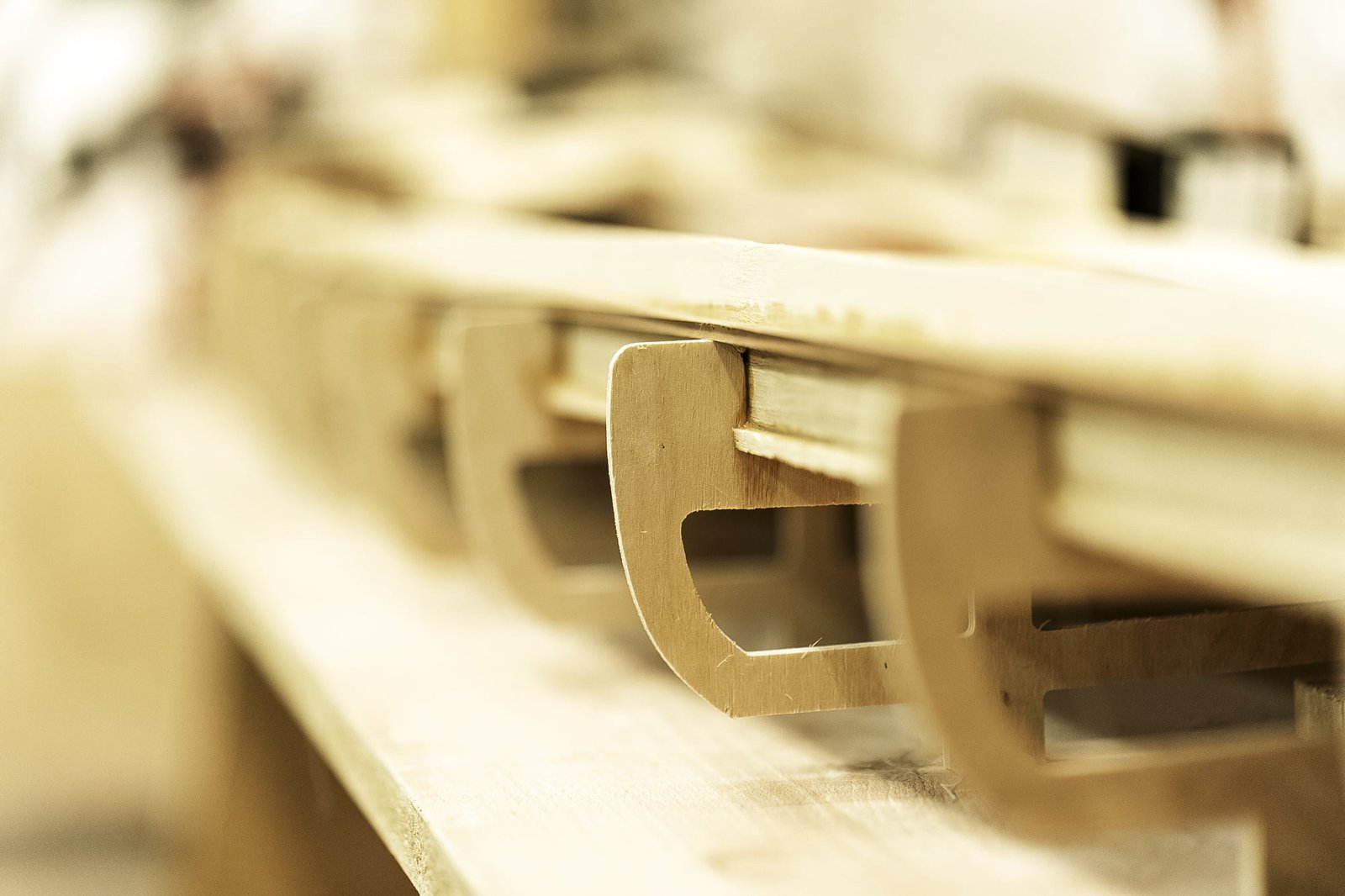
Paddleboards come in many shapes and sizes, each designed for a specific type of water activity. Here are some of the most common types of paddleboards and how they are used:
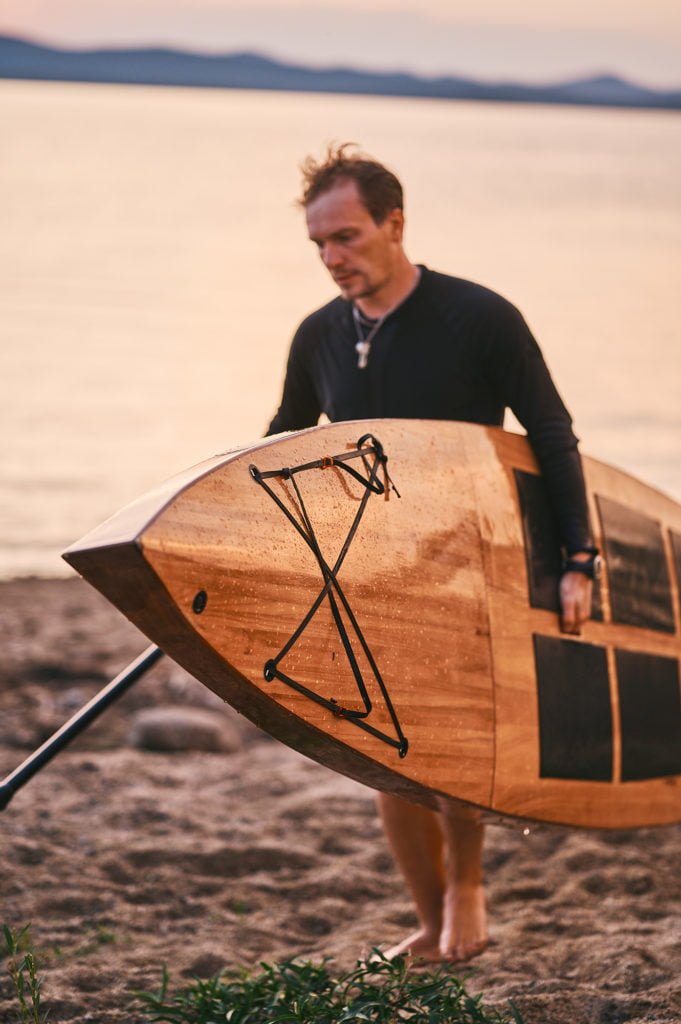
Surfing Paddleboards are shorter and narrower than other types and are designed for riding waves. They are highly maneuverable and can be used in a variety of surf conditions.
Touring paddleboards are longer and wider than surfing paddleboards, and are designed primarily for longer trips and adventure paddling. They are more stable and designed to carry extra gear, making them a popular choice for exploring lakes and rivers.
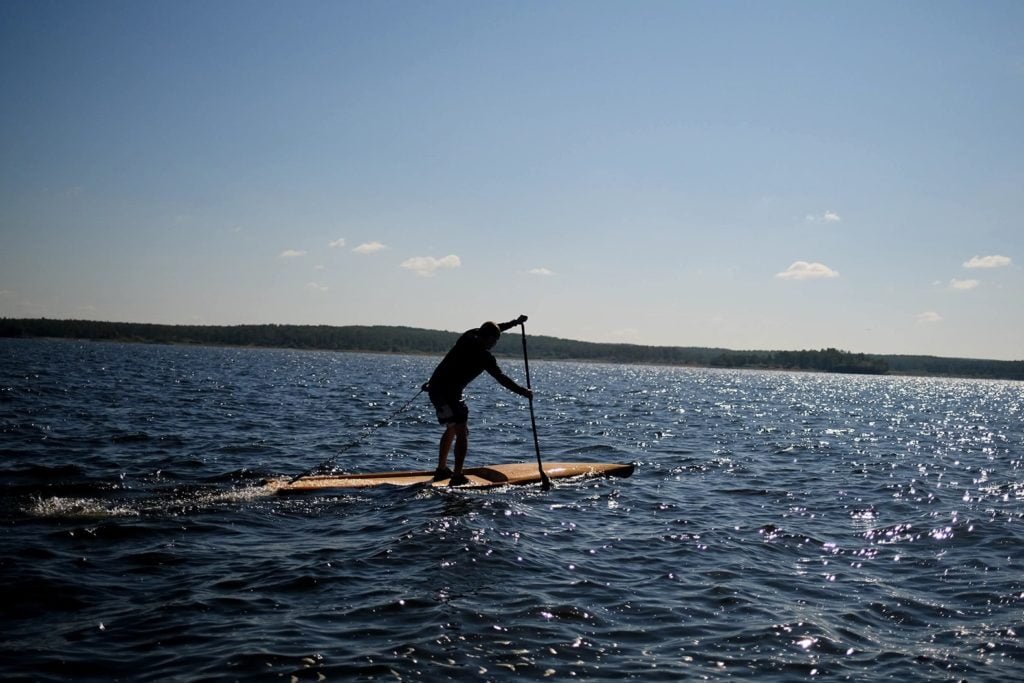
Race paddleboards are longer and narrower than touring paddleboards, and are designed for competitive paddling events. They can reach higher speeds than other types of paddleboards.
Recreational paddleboards are also often called fishing or yoga paddleboards and are designed for a variety of purposes on flat water. What unites them is that they are mostly shorter and wider than touring boards, offering more stability and making them easier to paddle.
Recreational boards are very stable and easy to paddle
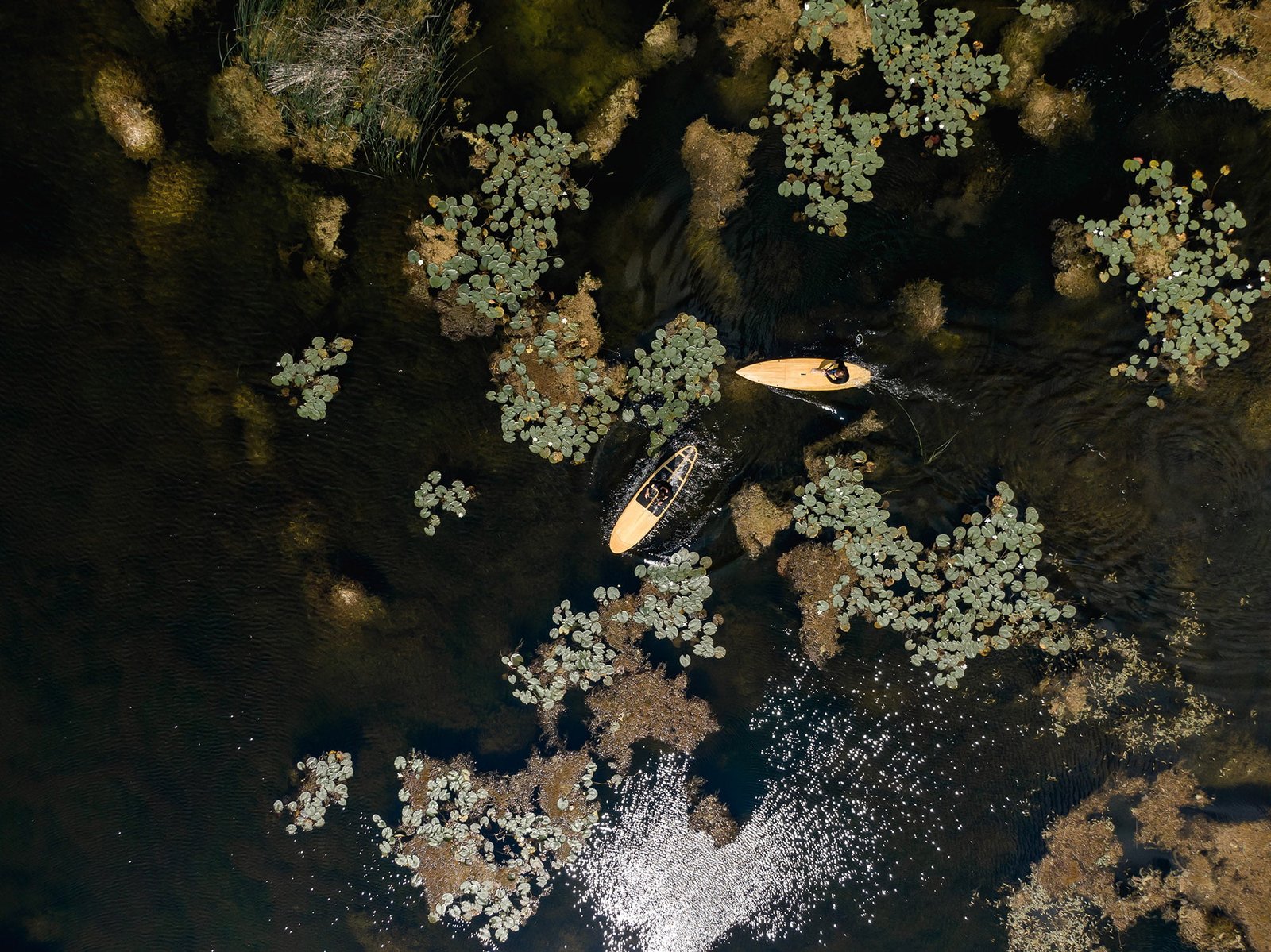
In recent years, the paddleboard industry has been making efforts to reduce its ecological footprint and promote sustainability. Many manufacturers are using recycled materials in their paddleboard construction, such as recycled foam and plastic. Others are implementing environmentally friendly manufacturing techniques, such as using solar power and reducing water usage.
Sustainable Surf’s Ecoboard project is one initiative that is working to promote sustainable paddleboard building. Through this project, builders can be certified for using sustainable materials and manufacturing processes. The project also provides a rating system for boards based on their environmental impact, allowing consumers to make informed decisions when choosing a paddleboard.
In addition to using sustainable materials, some paddle board companies are also taking steps to give back to the environment. For example, some of them donate a portion of their profits to environmental causes or participate in beach clean-up events.
As consumers, we can also make a difference by choosing sustainably built paddleboards and supporting companies that prioritize environmental sustainability. By working together, we can help protect our planet while enjoying the beauty and freedom of paddle boarding.
Mitrich Boats&Boards products are built using plantation-grown paulownia and bio-based resins, which helps to reduce our environmental impact, and we are certified gold level builders at Sustainable Surf’s Ecoboard project. We believe that by using renewable resources and eco-friendly manufacturing techniques, we can help promote a healthier and more sustainable future for our planet.
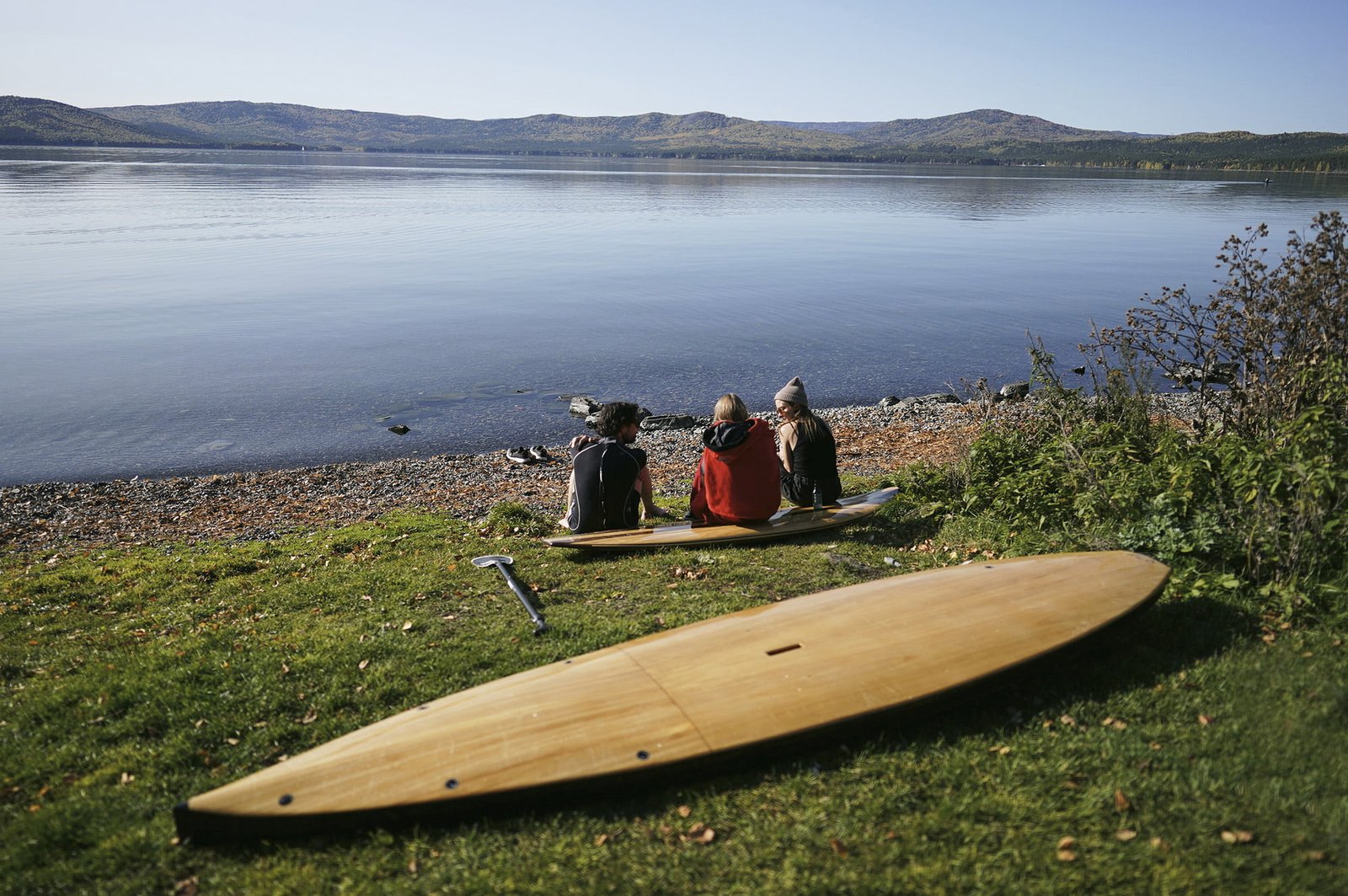
Paddle boarding is a sport that has been enjoyed for years, with a rich history and culture surrounding it. Whether you are a seasoned pro or a beginner, there is a paddleboard out there that is perfect for you. By choosing sustainably built paddleboards, we can help protect our planet while enjoying the beauty and freedom of paddle boarding. At Mitrich Boats&Boards, we are proud to be part of the movement towards sustainable paddleboard building, and we are committed to using eco-friendly materials and manufacturing techniques. Join us in our commitment to protecting our planet and promoting a healthier, more sustainable future for all!
